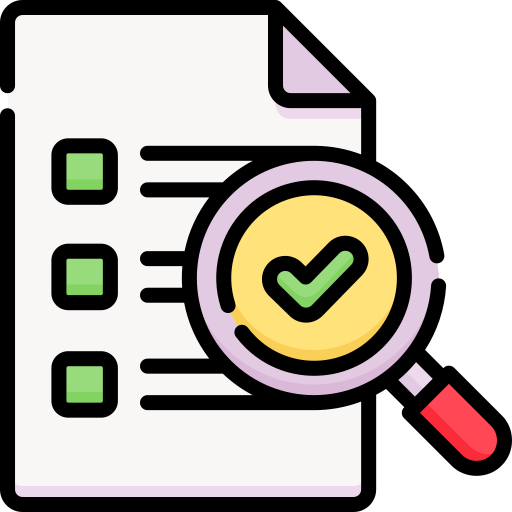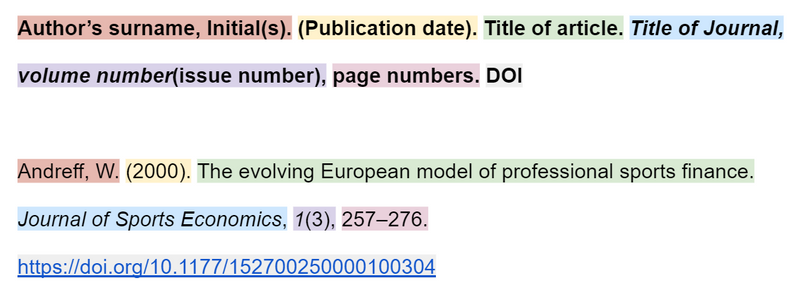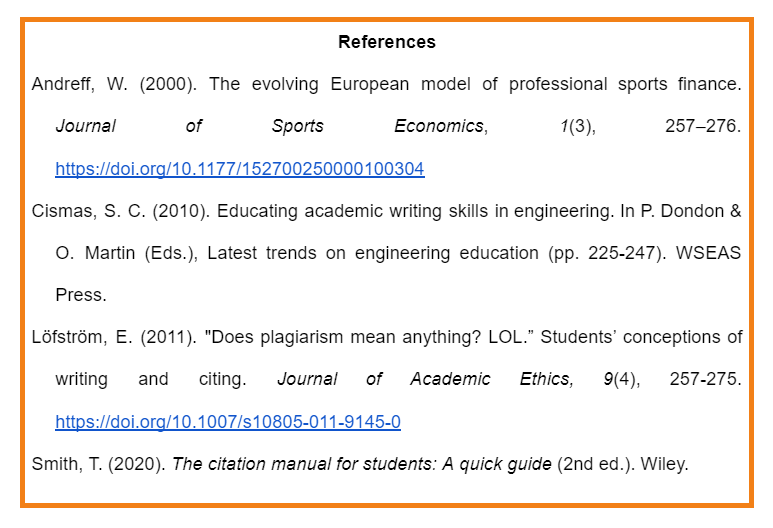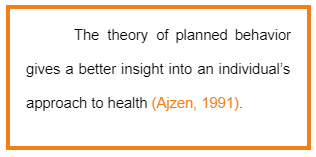
This logo isn't an ad or affiliate link. It's an organization that shares in our mission, and empowered the authors to share their insights in Byte form.
Rumie vets Bytes for compliance with our
Standards.
The organization is responsible for the completeness and reliability of the content.
Learn more
about how Rumie works with partners.
You finally finished writing your essay for a psychology class and are ready to turn it in.
But wait, you get flagged for plagiarism — it turns out you forgot to cite your sources!

Referencing your sources in APA style is a simple way to make sure you avoid any plagiarism accusations.
Did you know?
The Basics
The APA reference style can generally be divided into two parts: in-text citations and references. All references must be paired with at least one in-text citation.
In-Text Citations
In-text citations include:
last name of the author(s)
publication date
a locator (such as a page number), if needed
Example:


They generally follow one of the following formats:
parenthetical — the author's name and source's publication date go in brackets at the end of a sentence, before the period
narrative — when the author's name is mentioned in a sentence, the publication date goes in brackets after the author's name

This chart explains how to cite sources that have one or more, or unknown, authors:
 To hear an explanation of the chart above, click the play button below:
To hear an explanation of the chart above, click the play button below:
Click here to learn what to do when making in-text citations for specific instances.
Quiz
You see this citation at the end of a sentence: (Smith & Johnson, n.d.). Which of the following information is true about the citation?
The in-text citation commonly includes the last name of the author(s), publication date, and/or the page number. However, when a source’s publication date is missing, write “n.d.” (no date) in its place.
References
APA references generally include:
name of the author(s)
publication date
title
source
Each of the references must have a corresponding in-text citation and vice versa.

The following is the format for sourcing a journal article:


Guidelines may vary slightly depending on the type of work you want to source (e.g. book, newspaper article, etc.) and the amount of information available.
Click here for detailed guidelines on making references.
Did you know?
Formatting the Reference List
After the main contents of your paper, you will be writing all the references you have used in an alphabetical list titled: References.
Here's an example.
 Click here for more information on the format of the reference list.
Click here for more information on the format of the reference list.
Quiz
Refer to the example above. Which of the following are rules for APA reference listing? Select all that apply.
The entries in an APA-style reference list must be alphabetized by the author’s LAST names, be double spaced, formatted with hanging indents, and placed after the main contents.
Did you know?
Take Action

Follow these steps to become an expert in APA-style referencing in no time!
This Byte has been authored by
Eunso Im
College Student



